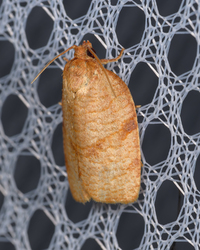
| Recorded by: Mark Shields on 2025-09-19
Onslow Co.
Comment: | 
| Recorded by: Allison Garton on 2025-08-29
Moore Co.
Comment: |

| Recorded by: Lior S. Carlson, Dean Furbish, Randy Emmitt on 2025-08-12
Alamance Co.
Comment: | 
| Recorded by: Melody McMichael on 2025-07-25
Forsyth Co.
Comment: |
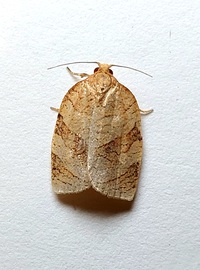
| Recorded by: Mark Basinger on 2025-06-25
Buncombe Co.
Comment: | 
| Recorded by: R. Newman on 2025-05-27
Carteret Co.
Comment: |

| Recorded by: Mark Basinger on 2024-09-20
Buncombe Co.
Comment: | 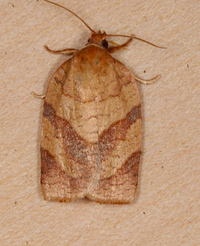
| Recorded by: Jim Petranka, Mark Basinger and Becky Elkin on 2024-09-20
Madison Co.
Comment: |

| Recorded by: Jim Petranka, Mark Basinger and Becky Elkin on 2024-09-20
Madison Co.
Comment: | 
| Recorded by: Dean Furbish, Lior S. Carlson on 2024-09-18
Wake Co.
Comment: |

| Recorded by: David George, Jeff Niznik on 2023-09-04
Orange Co.
Comment: | 
| Recorded by: David George, Stephen Dunn, Jeff Niznik on 2023-06-03
Orange Co.
Comment: |
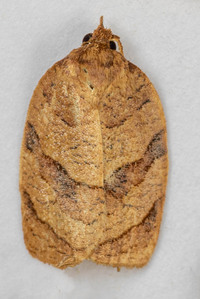
| Recorded by: Steve Hall on 2022-08-02
Durham Co.
Comment: Male | 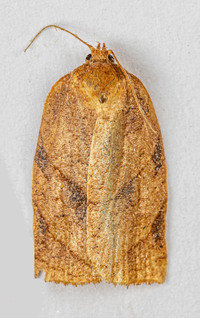
| Recorded by: Steve Hall on 2022-08-02
Durham Co.
Comment: Female |
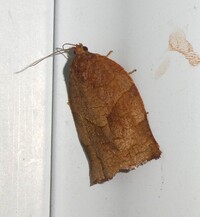
| Recorded by: Simpson Eason on 2022-08-02
Durham Co.
Comment: | 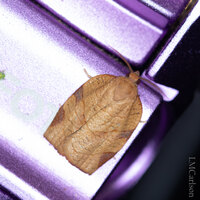
| Recorded by: David George, L. M. Carlson, Stephen Dunn on 2022-06-04
Orange Co.
Comment: |
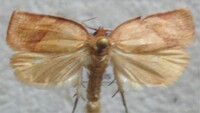
| Recorded by: Darryl Willis on 2021-07-02
Cabarrus Co.
Comment: | 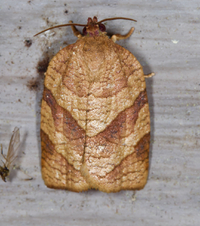
| Recorded by: Jim Petranka on 2021-05-31
Madison Co.
Comment: |

| Recorded by: Simpson Eason on 2020-09-12
Durham Co.
Comment: | 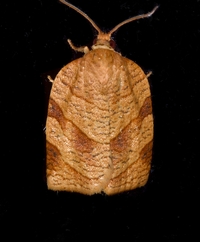
| Recorded by: Jim Petranka and Becky Elkin on 2020-09-05
Madison Co.
Comment: |
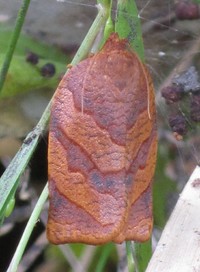
| Recorded by: Alicia Jackson on 2019-08-27
Harnett Co.
Comment: | 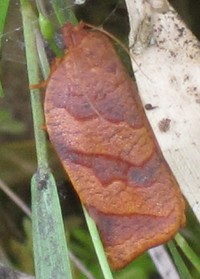
| Recorded by: Alicia Jackson on 2019-08-27
Harnett Co.
Comment: |
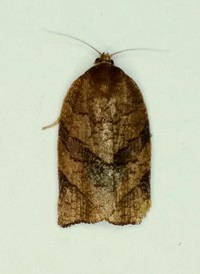
| Recorded by: Gary Maness on 2019-05-21
Guilford Co.
Comment: | 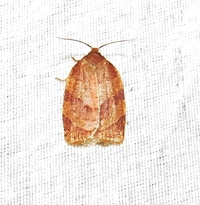
| Recorded by: Lori Owenby on 2018-06-23
Catawba Co.
Comment: |

| Recorded by: Lori Owenby on 2017-06-06
Catawba Co.
Comment: | 
| Recorded by: K. Bischof on 2014-06-14
McDowell Co.
Comment: |
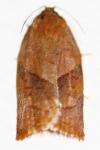
| Recorded by: Doug Blatny / Jackie Nelson on 2012-09-02
Ashe Co.
Comment: | 
| Recorded by: Doug Blatny / Jackie Nelson on 2012-09-02
Ashe Co.
Comment: |
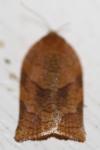
| Recorded by: Doug Blatny / Jackie Nelson on 2012-08-31
Ashe Co.
Comment: | 
| Recorded by: Lori Owenby on 2012-08-27
Catawba Co.
Comment: |
|

 »
»

























